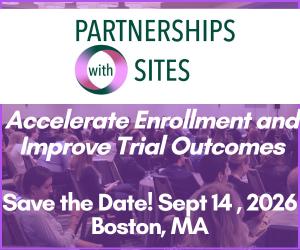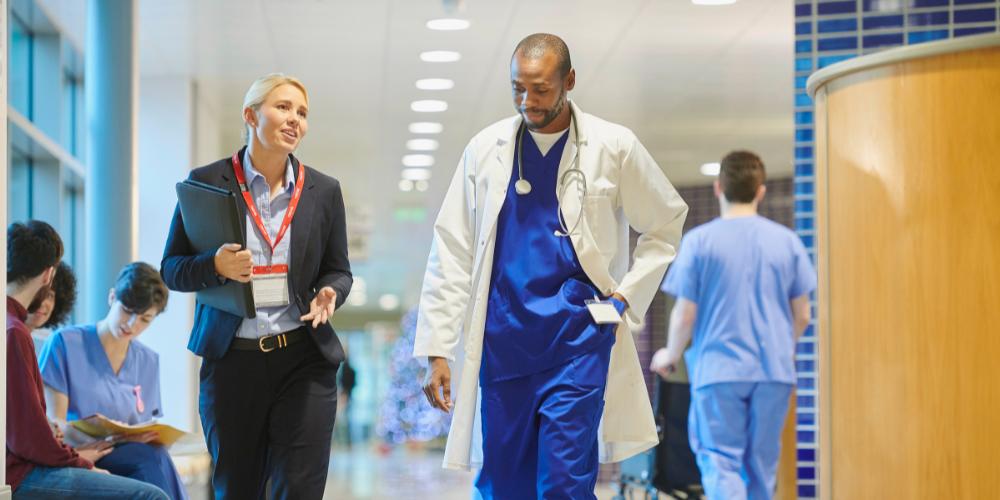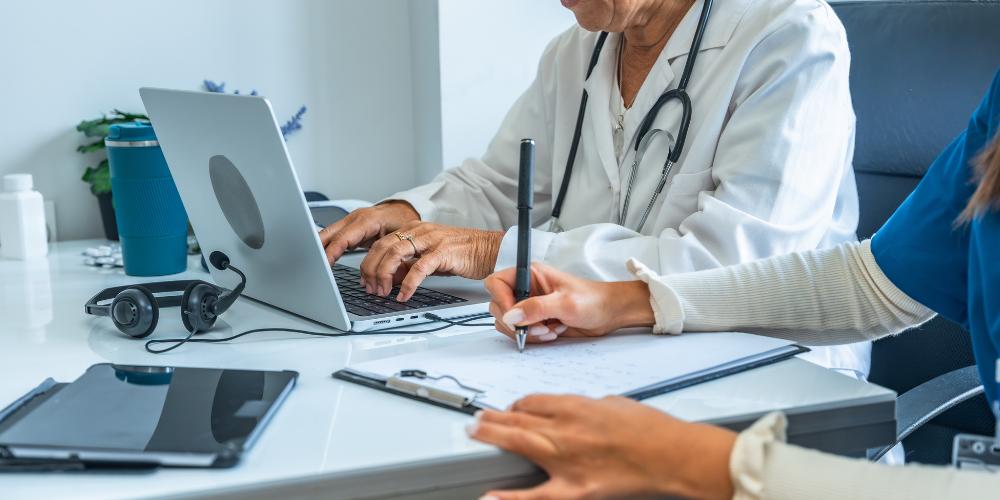How University of Michigan's Learning Health System Connects Care and Research
Joshua Rubin describes putting data-sharing into action for the benefit of patients with learning health systems. He is Program Officer for Learning Health System Initiatives at the University of Michigan Medical School Department of Learning Health Sciences, and Executive Director of the Joseph H Kanter Family Foundation.

Can you describe the learning health system model and your work with it?
These are health systems that have a cultural commitment to continuous improvement as a result of every interaction. So as opposed to telling every patient “Take two and call me in the morning,” it’s much more about how to keep learning from every experience of every patient. The fundamental idea is, “How do you learn from every care experience and every other relevant health experience and use that to improve health?” It becomes an iterative cycle of trying to improve. Among other things, it can empower clinicians – in collaboration with patients and in consideration of their values and preferences – to really tailor treatments and even dosages to what is likely to work best for each patient. No more “one size fits all”.
Netflix will try to keep getting better about figuring out what movies you like, based on what it learns about you and when it learns about other people. Can we do something like that in a much bigger way in healthcare and do it in a way that is not so much of a power asymmetry? Can we do it by having the patients who want it onboard and having the systems all doing it together as a movement? And can we do so in ways that – beyond merely respecting patients’ privacy – actually is driven by patients for patients?
There are a lot of folks that think about how to manage, store and distribute lots and lots of data; and how to share data and make it accessible. I think the question gets more interesting when you ask how to also manage the knowledge that was generated from all this data. How do you get the knowledge back to where it needs to go to inform the decision? And how do we get it there in ways that are up to date, that are tailored for the person or people receiving it, and that are readily actionable by them?
"How do you learn from every care experience and every other relevant health experience and use that to improve health?"
Where are we now in the pursuit of maturing learning health systems?
In the early 2010s, this was an idea that a handful of people were talking about it. A lot of work began in 2007, the Institute of Medicine, now the National Academy of Medicine, launched one report about it that eventually became a series of reports and brought some very bright people together to think about it over and over again. On the technology side, with the Great Recession of 2008, and the stock market and the housing bubble, in the Recovery Act there was a massive investment in taking health records that were on paper and digitizing them through the HITECH Act and incentivizing what was once termed “meaningful use” of health IT.
That was definitely building a piece of the infrastructure, and it led to the conversation about, “We’re spending all this money on electronic health records, what comes next? How do we build on all this?” This has evolved from an idea to something that is really starting to take shape. Part of what’s next, and this is what the Learning Health Community has been working on is trying to think through, is what would a maturity model look like? So if Cleveland Clinic or Mayo Clinic says, “We’re a learning health system,” can you rate them on a scale of one to five on how much of a learning health system they are? What are some of the metrics of maturity in this?
And if the need for infrastructure and the need for learning should have been apparent, it’s from what we’ve been through with COVID-19. How do we build the infrastructure if something like the COVID-19 pandemic happens again? How do we identify that it’s happening and how do we stop it quicker? If patients in this hospital are getting this treatment and patients in another hospital are getting a different treatment, how do we start to figure out what’s working (and for whom) and have enough data on the patients to compare?
You recently discussed the need for permanent infrastructure. Can you expand on that?
It’s everyone in the same ecosystem, and all working together. Part of the infrastructure becomes the experience of communicating and working with one another. These people are experts in their own disciplines; they have their own jargon, their own ways of measuring success and their own way of thinking about things; in essence not even speaking a common language. How do you begin getting everyone to work together? Start with a shared passion for improving things.
This all just becomes a cultural shift. All these people were trained at institutions where the medical school, research, public health, and nursing are all different buildings with different walls.
The silos persisted after that. It’s a real paradigm transformation into thinking about research and clinical care being one in the same instead of functions of different units.
You have to look at how many times the same problem keeps getting solved, or not solved, as the case may be. The infrastructure you build once and use it many times. If you’re trying to get a bunch of people across back and forth across a river, eventually you build a bridge. But that often isn’t the way things are funded or thought about. You’ll put together a research project to learn one thing; you’ll build the pieces of that infrastructure as you go and dismantle it when you finish. That has to change.
"We need to build this future in ways that protect patient privacy and autonomy, and empower patients to be active participants in enabling continuous learning."
What next steps would you like to see being taken?
I’m really into the idea of democratizing the knowledge that’s out there. A lot of knowledge gets produced and goes into places that are not accessible – or at least not accessible to all. It’s really about making the knowledge accessible and usable by people, and by machines and tools that can help people get to it and to use it effectively.
There also needs to be a culture shift. If knowledge produced in Michigan gets used somewhere in California, it’s not going to harm Michigan’s bottom line. In fact, collaboration would expand access to data and to people who could contribute their experiences and knowledge to shared learning on a broader scale and scope; everyone could get a better return on what they invest into the collaborative learning effort.
It’s really about finding ways that we’re all in this together and being much more open about sharing.
I don’t believe it has to be idealistic; there are mechanisms that can be developed that will allow the producer of the knowledge to get credit for or keep track of it, while also getting it into more hands and more usable forms.
In the patient community, there’s a motto about letting patients help. There should also be a motto of letting the machines help. Machine helping is not a replacement for expertise, but it’s a good complement to it. It is not about machines replacing humans; it’s about empowering people to do even more than they could.
What would you like to see more of in regards to community-building and data-sharing in the future?
I’ll build on my democratization point and say that I do feel like we’re at a crossroads where things can end up either open and accessible in lots of different hands, different places, and different opportunities, or things can end up much more monolithic. I don’t think we want one or two companies being dominant players; I don’t think we want knowledge that we want to create (or perpetuate) a “haves” and “have nots” vis-à-vis knowledge that can save lives. I think we want this to be very open.
We have this great opportunity to do something. Hopefully, we can and will. But there is this risk of actually going the other way, of all the great things we’re building ending up in proprietary systems that are accessible to the wealthiest health systems and therefore end up in the hands of the few privileged patients. We have to be very cognizant of that and make sure we don’t build more walls as we’re building this transformative future of health together.
There is little question that the future of research and care will be informed by lots of data from lots of people and likely exponential growth of biomedical knowledge. Key principles of learning health systems will shape this future of health. We need to build this future in ways that protect patient privacy and autonomy, and empower patients to be active participants in enabling continuous learning for the sake of improving their own health, the health of their loved ones, and the public’s health.
For more information on CRAACO: Clinical Research as a Care Option, visit CRAACOevent.com.






